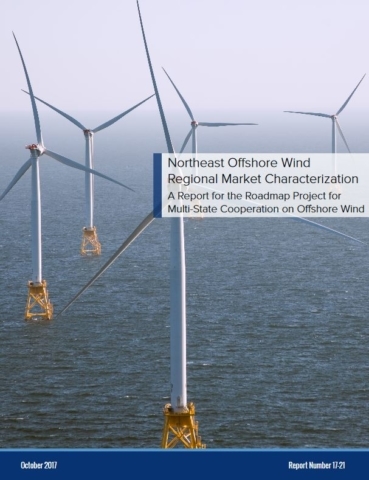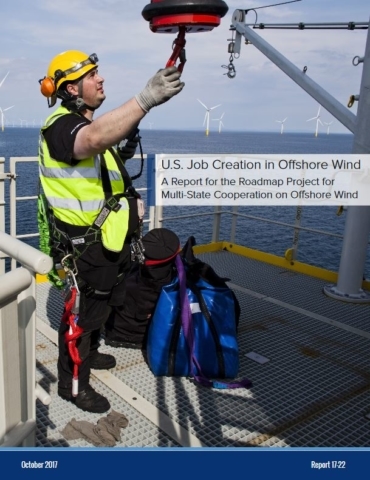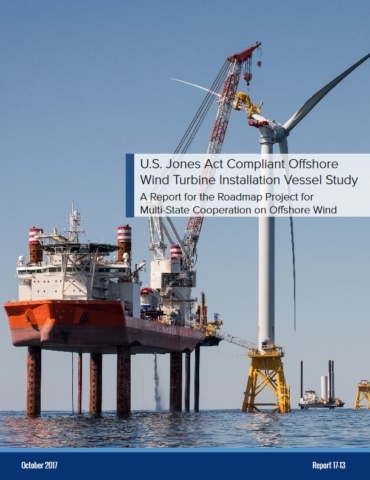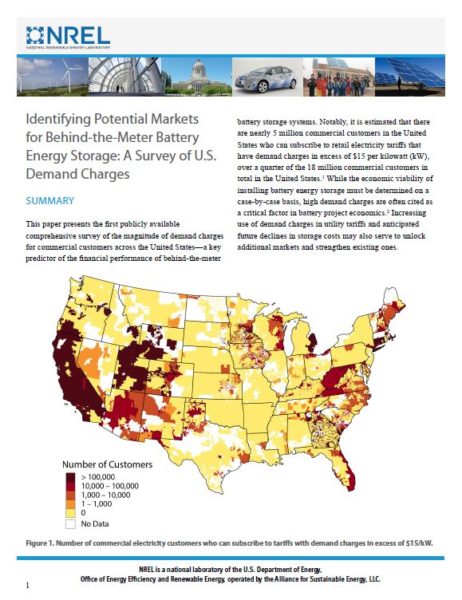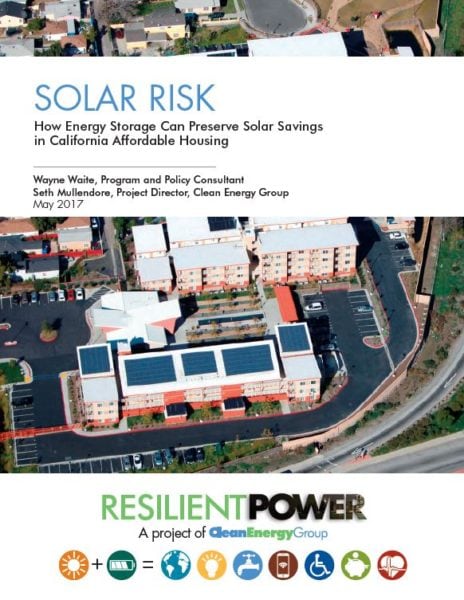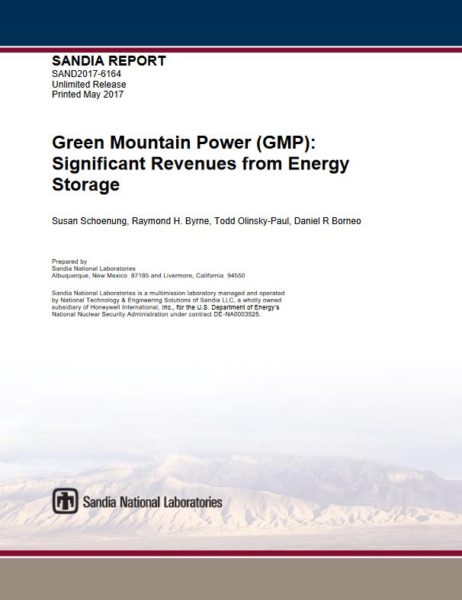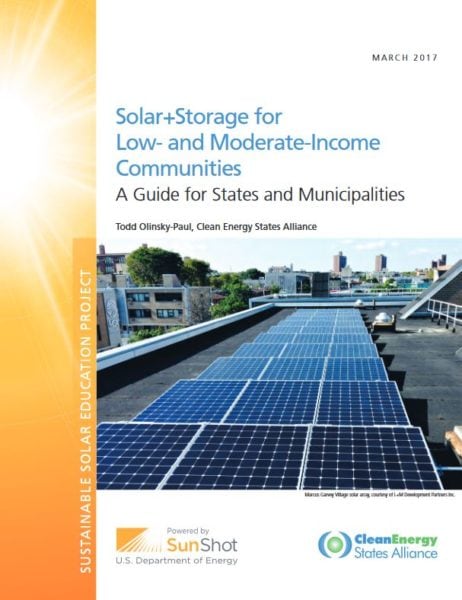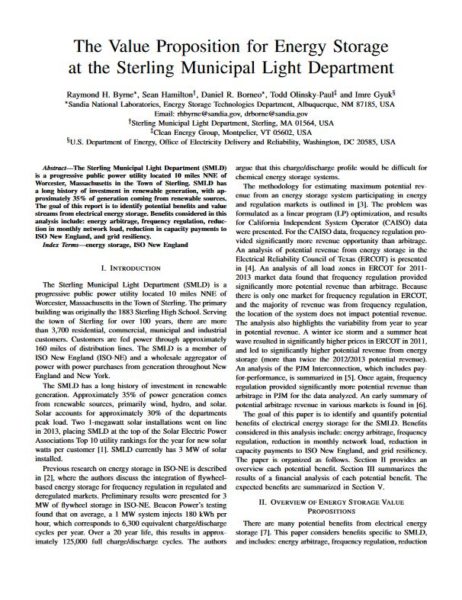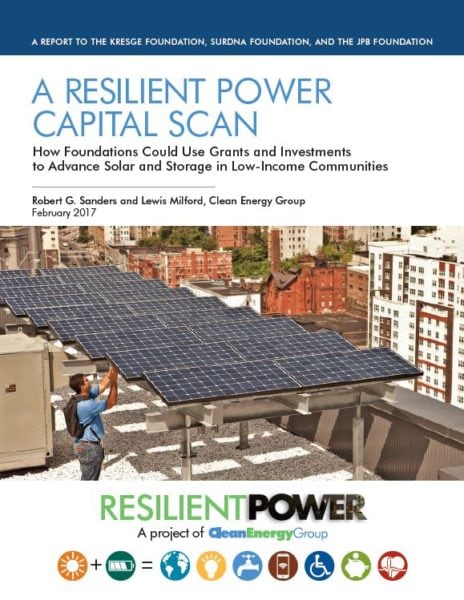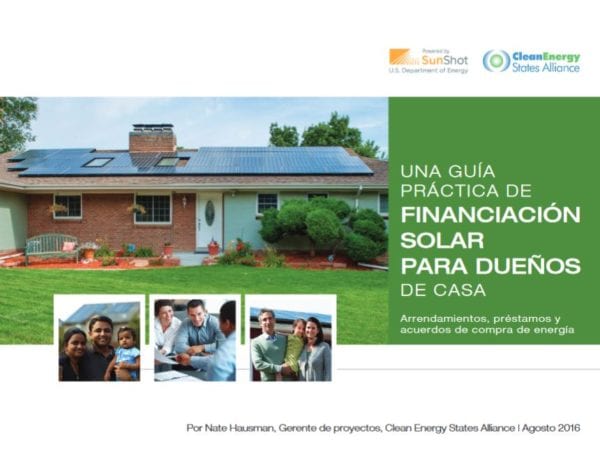Report
This report identifies the opportunities and challenges that will shape the offshore wind market in the Northeastern U.S.
This report quantifies the job impacts of offshore wind development in the Northeastern U.S. and specifies the types of jobs to be created.
This report examines the functional requirements and costs of constructing purpose-built vessels that would comply with the U.S. Jones Act and meet the needs of the U.S. offshore wind industry.
First public survey of utility rates details economic potential for commercial behind-the-meter battery storage market across the United States.
A new analysis finds that energy storage can effectively hedge against proposed changes to California’s solar policies and utility rates that could drastically reduce the value of solar.
Green Mountain Power’s Stafford Hill microgrid, a 4MW/3.4 MWh battery energy system integrated with solar generation in western Vermont, exemplifies the multiple uses and significant revenue potential of advanced energy storage combined with solar PV in a microgrid configuration, behind a utility meter.
The Clean Energy States Alliance (CESA) has produced a new report for states and municipalities on solar+storage for low- and moderate-income (LMI) communities. The report explains how solar+storage can benefit LMI residents and describes a variety of policy tools for doing so.
This report presents the economic case for the Sterling Municipal Light Department’s energy storage system. It was published by Sandia National Laboratories, with support from Clean Energy Group.
This report, commissioned by The Kresge Foundation, the Surdna Foundation and The JPB Foundation, identifies market barriers to deploying solar+storage technologies in low-income markets, and proposes more than 50 grant and investment opportunities that socially minded investors can use to target those barriers.
This is a Spanish translation of CESA’s 2015 publication, “A Homeowner’s Guide to Solar Financing: Leases, Loans and PPAs.”





